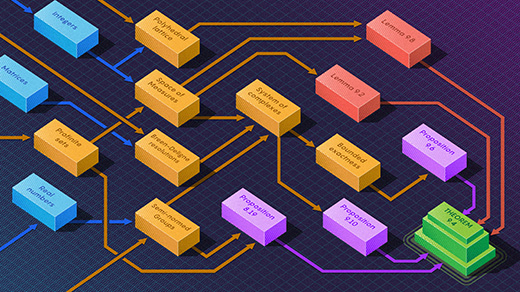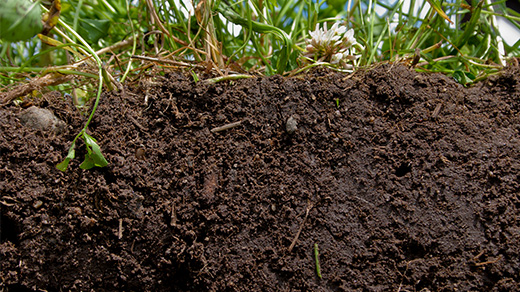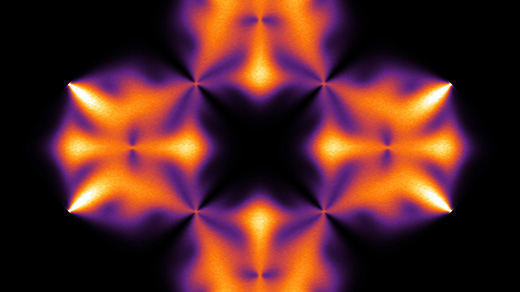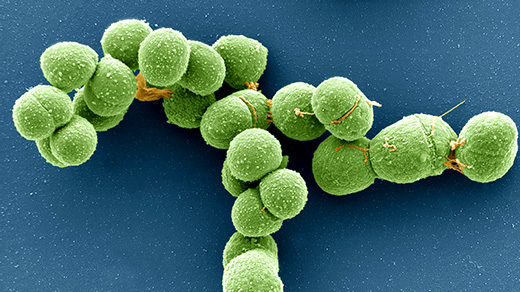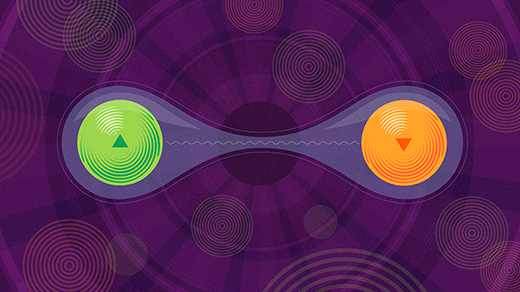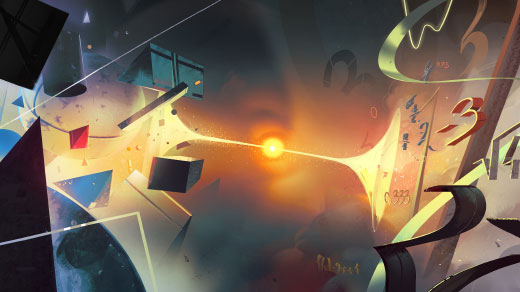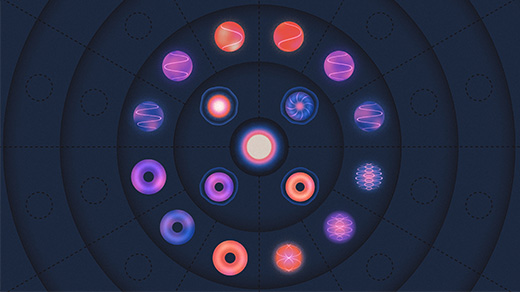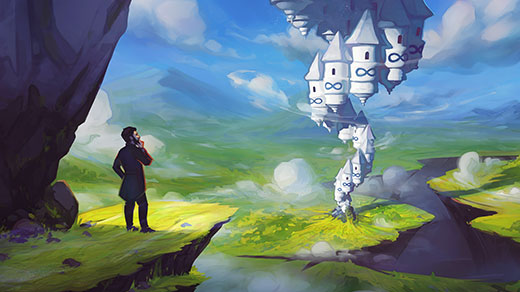Archive
Latest Articles
Proof Assistant Makes Jump to Big-League Math
Mathematicians using the computer program Lean have verified the accuracy of a difficult theorem at the cutting edge of research mathematics.
A Soil-Science Revolution Upends Plans to Fight Climate Change
A centuries-old concept in soil science has recently been thrown out. Yet it remains a key ingredient in everything from climate models to advanced carbon-capture projects.
The ‘Weirdest’ Matter, Made of Partial Particles, Defies Description
Theorists are in a frenzy over “fractons,” bizarre, but potentially useful, hypothetical particles that can only move in combination with one another.
How to Find Rational Points Like Your Job Depends on It
Using high school algebra and geometry, and knowing just one rational point on a circle or elliptic curve, we can locate infinitely many others.
Plasmid, Virus or Other? DNA ‘Borgs’ Blur Boundaries.
Scientists have reported large DNA structures in some archaea that defy easy categorization.
How Bell’s Theorem Proved ‘Spooky Action at a Distance’ Is Real
The root of today’s quantum revolution was John Stewart Bell’s 1964 theorem showing that quantum mechanics really permits instantaneous connections between far-apart locations.
New Shape Opens ‘Wormhole’ Between Numbers and Geometry
Laurent Fargues and Peter Scholze have found a new, more powerful way of connecting number theory and geometry as part of the sweeping Langlands program.
A Video Tour of the Standard Model
The Standard Model is a sweeping equation that has correctly predicted the results of virtually every experiment ever conducted, as Quanta explores in a new video.
How Many Numbers Exist? Infinity Proof Moves Math Closer to an Answer.
For 50 years, mathematicians have believed that the total number of real numbers is unknowable. A new proof suggests otherwise.
